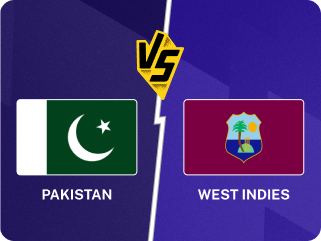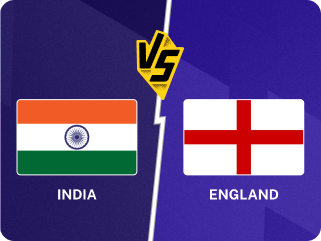
Rohit Sharma last scored an ODI hundred in January 2020. But after a sumptuous half-century against New Zealand at Raipur, the time to worry about his dwindling numbers has not yet arrived, writes Shashwat Kumar.
Rohit’s ODI numbers have been on the wane over the past couple of years. He made five hundreds at the 2019 ICC Cricket World Cup, but has reached the three-figure mark only twice since then, across 24 ODIs.
Century droughts can garner unusual traction in Indian cricket. Ask Virat Kohli, who went over a thousand days without an international hundred. Rohit has not reached that stage yet, although you feel it might not be long before this starts become a narrative both he and India could do without.
A closer look, however, indicates that that might not be the case altogether. Yes, the frequency of his hundreds has reduced considerably but he has, as captain, tried to embrace a role that gives India the impetus they crave at the top of the order, and allows the likes of Kohli and Shubman Gill to ease into their innings.
For much of Rohit’s career, he had the luxury of Shikhar Dhawan racing out of the traps at the other end, while Rohit used to dig in deep. But since Dhawan struggled for fluency and fell out of contention, Rohit has had to shoulder the burden of transferring pressure onto the opposition at the outset, allowing India to break up their string of anchors.
Since the start of 2022, Rohit has batted 13 times in ODI cricket, scoring 476 runs without a hundred – he has not got one since the global lockdown – and going past sixty only twice. He averages 43.27 during this phase, a drop from his career average of 48.64. But he has struck at 107, much higher than his career strike rate of 90. In fact, among batters to have scored 400 runs over the same period, Rohit has the sixth-best strike rate. Among India batters, only Gill has a better corresponding tally.
The reason is clear. Rohit has tried being more belligerent at the top of the order, if at the cost of not capitalising on the starts. This has allowed Gill to bat more freely at the start, build an innings and score big hundreds – in other words, evolve into the Rohit from five years ago.
Gill averages 79 with Rohit as captain. Two of his three ODI tons have also come when Rohit has opened with him. When Gill scored a double century, it was Rohit who had injected impetus at the start, scoring 27 off 30 balls inside the powerplay. Gill, during the same phase, scored 21 off 30 balls.
The other aspect, is that Rohit, despite what is being perceived as a barren patch by his critics, has not exactly failed but compromised on big scores – and batting average – for strike rate. At Raipur, he smashed the New Zealand bowlers to all parts, dominating them with pulls, rasping square drives and punches, and a sumptuous shot that flew over extra cover for six. Even at Guwahati against Sri Lanka, he looked in pristine touch, scoring a 67-ball 83 – his highest score since the lockdown – and laying the foundation for India to get 373.
Since the 2019 World Cup, Rohit averages 46.50 while striking at 99. Yet, while discussing him – as with any Indian batter – the temptation is to look at the hundreds. But the numbers should be viewed in perspective.
Since taking over as captain, Rohit has wanted to grab the bull by the horns at the top of the order. On some days, that works. On others, it does not. As long as he is striking the ball well, India need not worry when he does not make starts count, or if his average falls. That is what he admitted to in the aftermath of the game at Raipur, and that is the narrative everyone should start buying into.
In an ideal world, India would want Rohit scoring hundreds like he once did, batting deep into the innings – after all, he has got three ODI double-hundreds. At the same time, someone has to attack inside the powerplay. If Rohit’s early charge can help unlock Gill’s immense potential, allow Kohli to be Kohli, and turbocharge India to a World Cup triumph on home soil – well, that will not be a bad outcome either.








